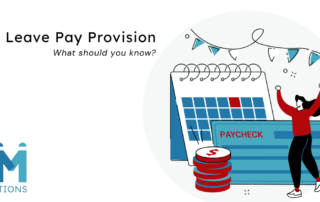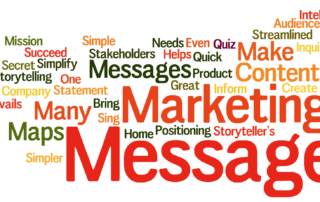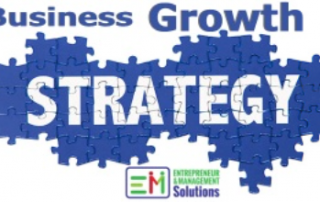Last week we looked at how to measure performance in the service industry. Today we conclude the Performance Measurement discussion by looking at Performance Management –overview; a summary overview of the main issues covered
Performance management is the process of identifying the objectives of the organisation, setting targets, measuring performance against targets and taking action to improve the sub-standard performance.
Potential Benefits of Performance Measurement Systems
· If managers understand the organisational objectives and motivate employees towards achieving these, goal congruence within the organisation will be achieved.
· Assist in developing agreed measures of performance within the organisation.
· Enables comparison of different organisations.
· Enables accountability of the organisation to its stakeholders.
Potential Problems
· Tunnel Vision –an obsession with maximising measured performance at the expense of non-measured performance, e.g. sacrificing quality for quantities produced.
· Myopia (short-sightedness) –maximising short-run performance at the expense of long-run success, e.g. reducing production costs at the expense of product quality which will affect market share in the long run.
· Manipulation of data- creative accounting, window dressing accounts at the end of the reporting period.
· Gaming –building slack into budgets, slowing down production at the time of setting the targets.
· Incongruent goals –managers have different goals to the organisation, e.g. a project might be profitable for the company but reduce the profitability of the branch and thus the manager is unlikely to accept it.
Solutions to Potential Problems
· Involve staff at all levels in the design and implementation of the system.
· Encourage a long-term view among staff, e.g. company share option schemes.
· Ensure that the system of performance evaluation is audited by experts to identify problems
· Regular system review
· Audit data used in performance measurement to prevent/detect manipulation.
Performance Measurement in Non-profit Sector
Objectives of non-profits are more difficult to measure because:
· They are difficult to quantify e.g. measuring healthcare performance in the public sector.
· Many non-profits of multiple stakeholders with conflicting objectives
Value for Money Objectives
Value for money attempts to evaluate the performance of non-profits and other non-commercial organisations. The framework focuses on how well the organisation has achieved its objectives given the funding it has received.
The 3 E’s of Value for Money are:
1. Economy –minimising inputs
2. Efficiency – maximising the output/input ratio
3. Effectiveness –achievement of objectives
In addition, non-profits and public organisations may also use:
o Zero-based budgeting –a budgeting system that starts from scratch and looks at how much is needed for the organisation to fulfil each objective.
o Benchmarking – comparing the performance of a public sector enterprise with for example a commercial organisation
o League tables –use of institutional rankings in areas of health, policing and education. For instance, ranking schools bypass rate or police teams by crime statics in their areas.







